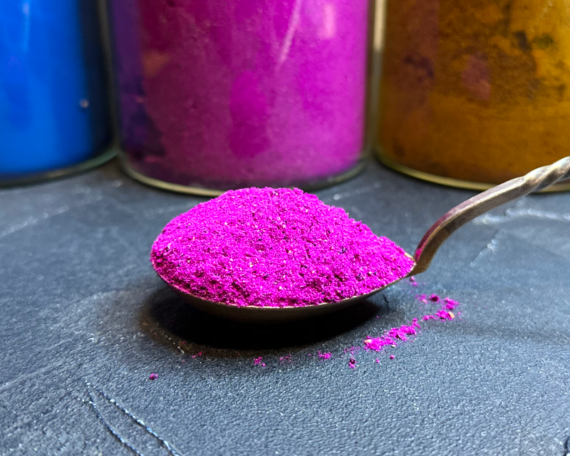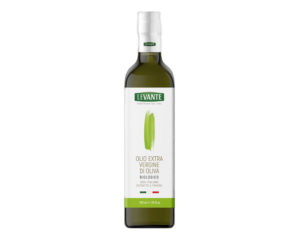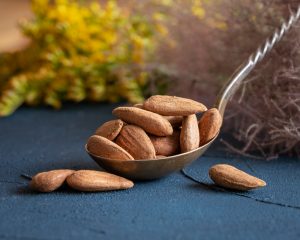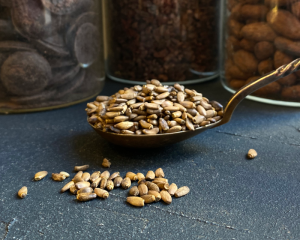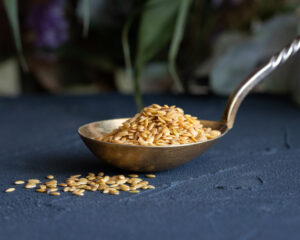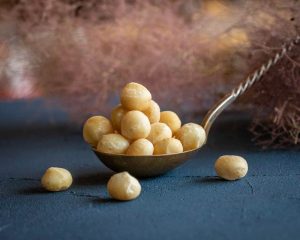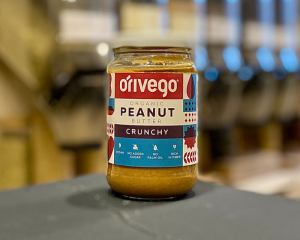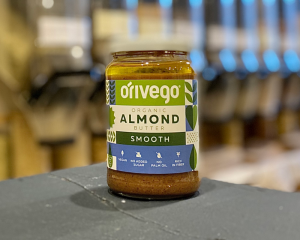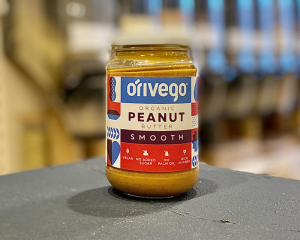Organic freeze-dried pitaya powder (Pitaya)
From 17.90€
Dragon fruit, also known as Pitaya, is the fruit of the cactus (Hylocereus Costaricensis). This cactus originated in the Americas but is now cultivated in various tropical and subtropical regions around the world. Hylocereus cactus fruits are large, distinctive-looking, usually bright pink or yellow, with white or red flesh containing small black seeds.
Dragon fruit has been traditionally used in various cultures, especially in Central and South America and South-East Asia. Traditionally, this fruit has been valued not only for its unique taste and as a food source, but also for its health benefits. Dragon fruit was often eaten by the local population because of its fibre content, which could aid digestion, and because it was valued for its vitamins and minerals, which are thought to boost the immune system.
Benefits
Nutrient-rich: Dragon fruit powder is low in calories but rich in essential vitamins and minerals such as magnesium, iron, vitamin C and vitamin E.
Rich in antioxidants: it is high in antioxidants, which promote heart health and may help with metabolic problems.
Immune support: the high vitamin content of pita fruit boosts immunity and accelerates the antioxidant activity of the body.
Digestive health: thanks to its high fibre and oligosaccharide content, dragon fruit improves digestion and promotes gut health.
Diabetes control: Pitaya powder can help stabilise blood sugar levels, which is beneficial for diabetes control.
Heart health: ‘good’ cholesterol and a lack of unhealthy saturated fats can help heart health.
Skin and hair: the antioxidants in pita fruit are beneficial for the skin, can reduce the signs of ageing and improve hair health.
Bone health: The high calcium content of Pitaya fruit may improve bone mineral density.
Some studies suggest that dragon fruit may have properties that help fight some cancers, such as breast and prostate cancer.
Attention
Excessive use can cause adverse effects and allergic reactions.
Taking large amounts of Pitaya can cause a drop in blood pressure.
Be careful when taking medication.
Use
The fruit is freeze-dried to preserve all the nutrients, flavour and vibrant colours. The dried product is ground into a fine powder, making it a versatile and convenient addition to smoothies, juices, yoghurts and baked goods. They can also be used as a natural food colouring or sprinkled on desserts and cereals to add nutrition and exotic flavour.
The usual recommended dose is about 1 teaspoon (3-6 g) per day.
It is important to start with smaller amounts and gradually increase to assess your body’s tolerance. Due to the high fibre content, sufficient water intake is necessary to aid digestion and avoid intestinal discomfort.
Sources:
www.draxe.com
www.researchgate.net
www.ncbi.nlm.nih.gov
NOTES. The information provided here should not be interpreted as advice on treatment or other health issues. We encourage you to make personal health decisions based on your personal knowledge and taking into account different sources of information.
100% organic freeze-dried pita powder
Energy value 1159 kJ/ 273 kcal
Fat 1,5 g
- of which saturates 0,5 g
- of which monounsaturates 0,5 g
- of which polyunsaturated fatty acids 0,5 g
Carbohydrates 53 g
- of which sugars 32 g
Fibre 9,6 g
Protein 6,7 g
Salt 0,02 g
Magnesium 244 mg
Store in a cool, dry place. Keep out of direct sunlight.


